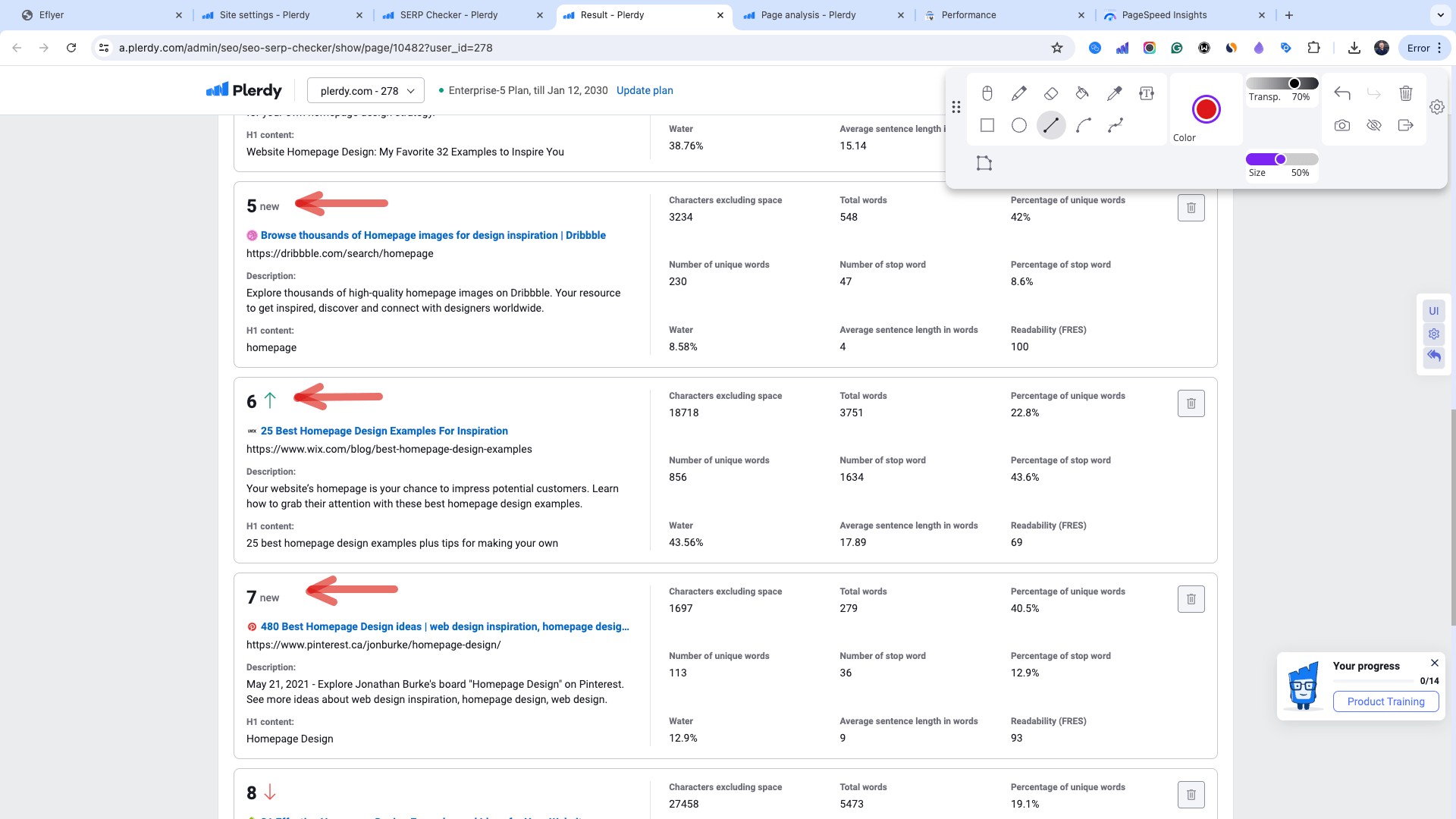Any SEO practitioner in the always changing realm of digital marketing must first grasp the mechanics of Google’s algorithm adjustments. A website’s search engine result performance and visibility can be much influenced by these adjustments. SEO techniques must change quickly to keep competitive edge as Google keeps improving its algorithms to offer consumers the most relevant and high-quality search results. This post explores the crucial actions SEO experts should do after a Google algorithm update to guarantee they not only respond properly but also maximize their sites to fit the most recent modifications. From page content analysis to improved site usability, we will go over key techniques to enable you to effectively negotiate the complexity of these changes.
What is a Google Algorithm Update?
A Google algorithm update is changes Google makes to its search engine algorithms meant to increase the relevancy and quality of its search results. These changes might be little modifications or large overhauls transforming the search engine optimization scene. These modifications are meant to improve user experience by giving websites that provide excellent content, better user interaction top priority. Post-update rating of a website depends critically on elements including mobile-friendliness, page speed, and content uniqueness. Knowing the intricacies of these changes is absolutely vital for SEO experts since it will greatly affect website traffic and exposure. One can minimize negative effects and seize the possibilities these updates offer by keeping educated and fast changing SEO techniques.
Alex: Hello, everyone! We’ll talk about the top five tips every SEO expert should know after Google’s algorithm update. So, first question. Google updated its algorithm several times this year. Many websites dropped a bit, some more than others. What could this be?
Andrew: Hi! Ha-ha, well, of course, Google loves giving tasks to all SEO specialists! The first thing to do is to check which pages dropped. You can do this in Google Search Console. Often, the drop can be linked to copied content, or sometimes because of the text quality. Google might think it’s AI-generated content. In that case, you should look at scroll depth and time on the page in video sessions. It’s easy to do with Plerdy. The goal is to find which pages have poor behavioral factors.

Alex: Wow! What about keywords? Maybe there are too few on the page?
Andrew: Yes, that’s also important. Always check if your titles and descriptions match the content of the page and if there are enough keywords. But remember the balance, so you don’t overdo it. Sometimes you really need 7% keywords, but often, 1% repetition is enough.

Alex: And the speed of the site? Can that also affect it?
Andrew: Definitely! Page load speed is a key factor. If your site has slowed down, it can significantly affect your rankings. Even though Google PageSpeed often blames its own scripts or Facebook or Google Analytics, I think these are strange tips. Look at the number of scripts, whether the images are large, if caching is enabled, and if the server is properly configured. You can also use Cloudflare and set up caching plugins in WordPress.

Alex: How can we improve the usability of our site so that visitors not only come but also come back again and again?
Andrew: That’s a very important question. One key to a successful site is its usability — how easy and pleasant it is to use. To achieve this, regularly analyze how users interact with your site. Using heat maps and video sessions from Plerdy can help you understand which page elements attract users’ attention and which might cause confusion or discomfort. For example, you might find that certain buttons or links don’t get enough attention, or that the texts are too complex to read. Optimizing these elements can significantly improve the overall user experience, increasing their satisfaction with the site and encouraging them to return.


Alex: Amazing! Lastly, what about competitors? How can we understand if their positions have changed?
Andrew: That’s easy! Use the SERP checker from Plerdy to find out who among your competitors has improved their positions or dropped. This will give you a clear idea of what works in your niche and what doesn’t. It also provides information about the percentage of keywords on a page, content structure, and volume.


In summary:
Managing the fallout from a Google algorithm update calls for a thoughtful plan, sharp analysis, and nimble SEO technique. The secret for SEO experts as Google keeps improving its algorithms is not just to react to changes but also to foresee and ready for them. This entails delving deeply into analytics to identify parts of your website that might be impacted, improving the quality of your materials, and making sure Google’s criteria are followed technically on your site. Moreover, adjusting to these Updates depends on constant review of your SEO strategies, therefore ensuring the ranking and exposure of your site. Staying ahead in the SEO game post-Google update ultimately requires being proactive, educated, and ready to apply improved techniques fit for Google’s changing criteria.
